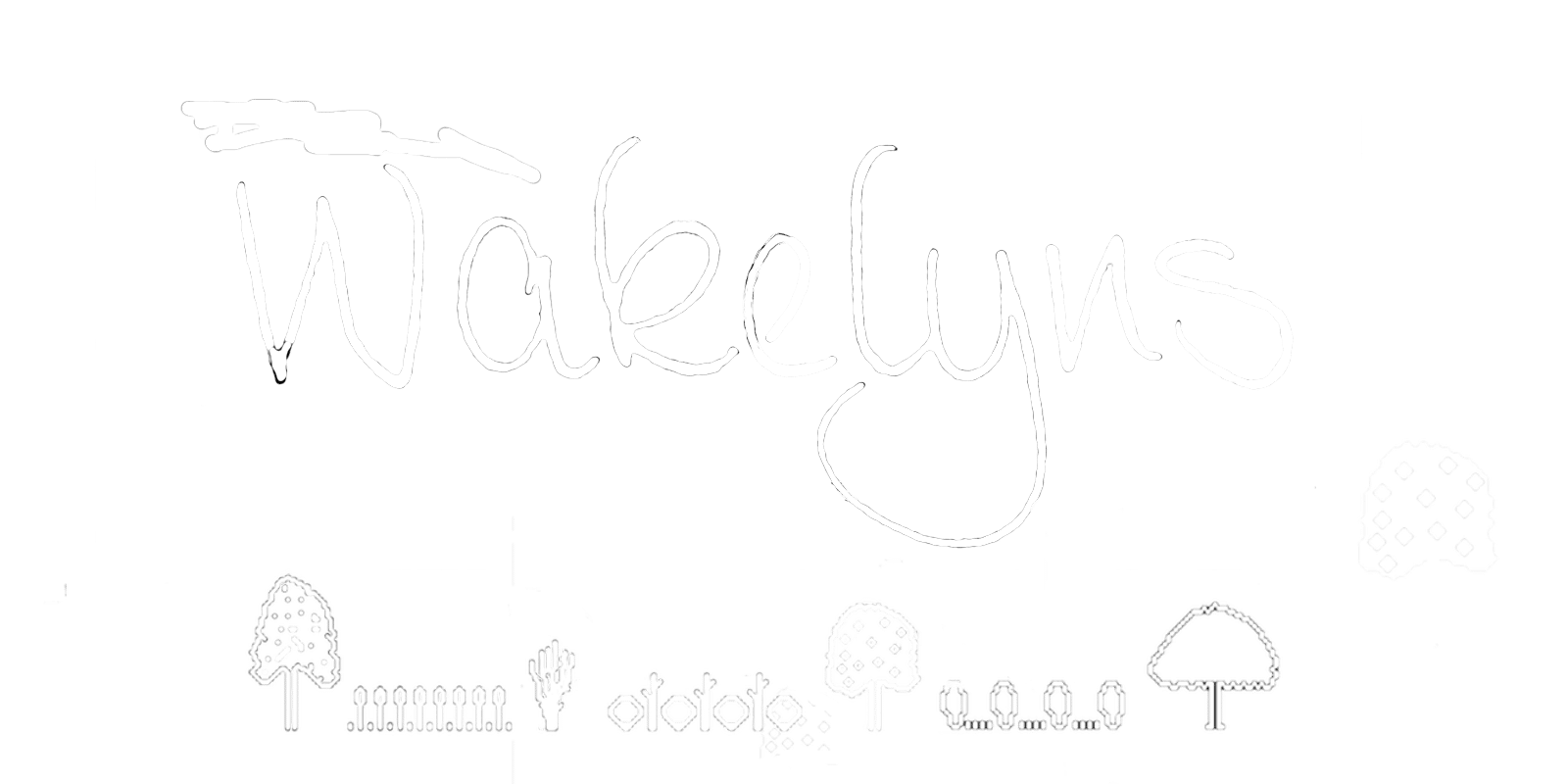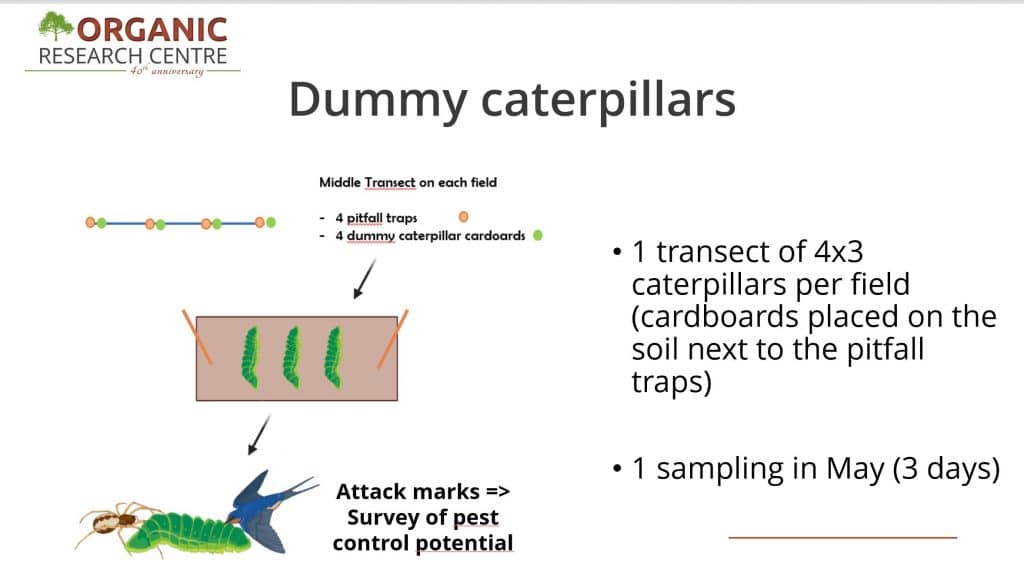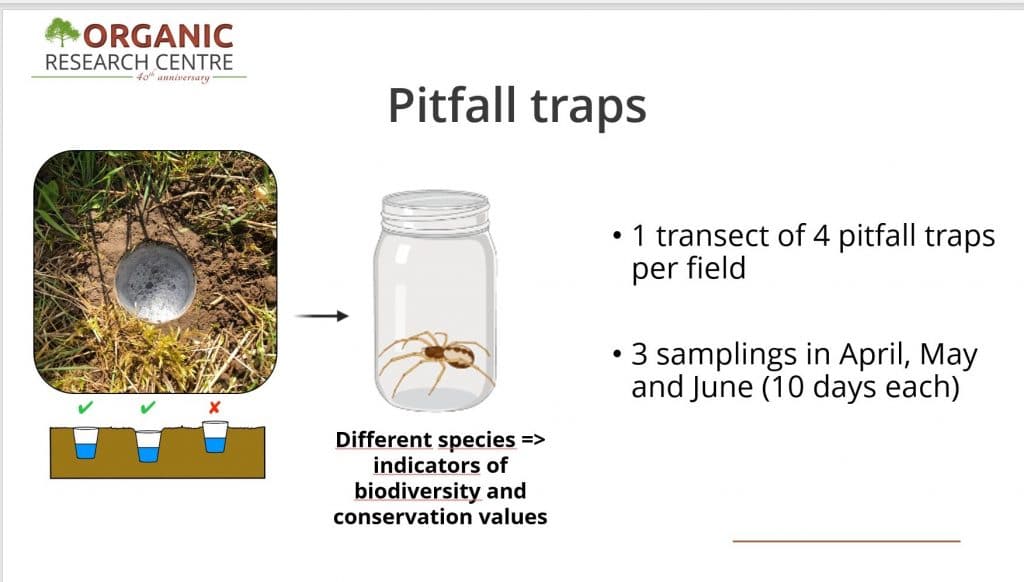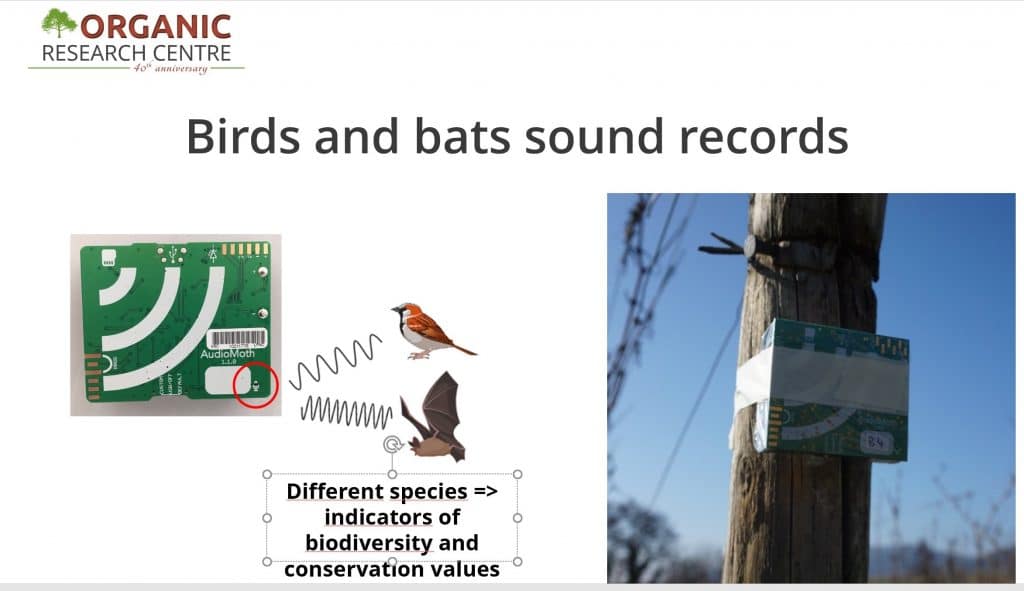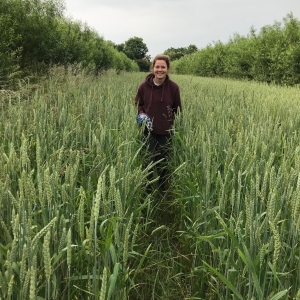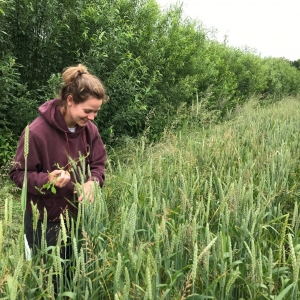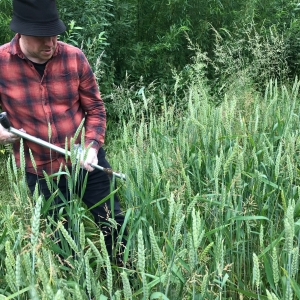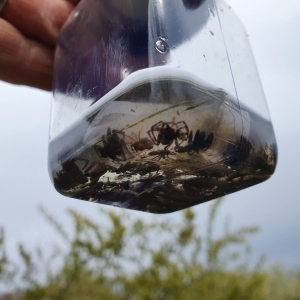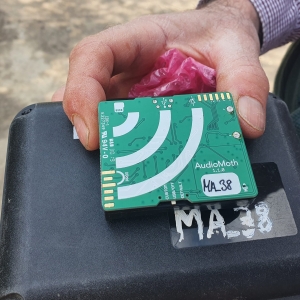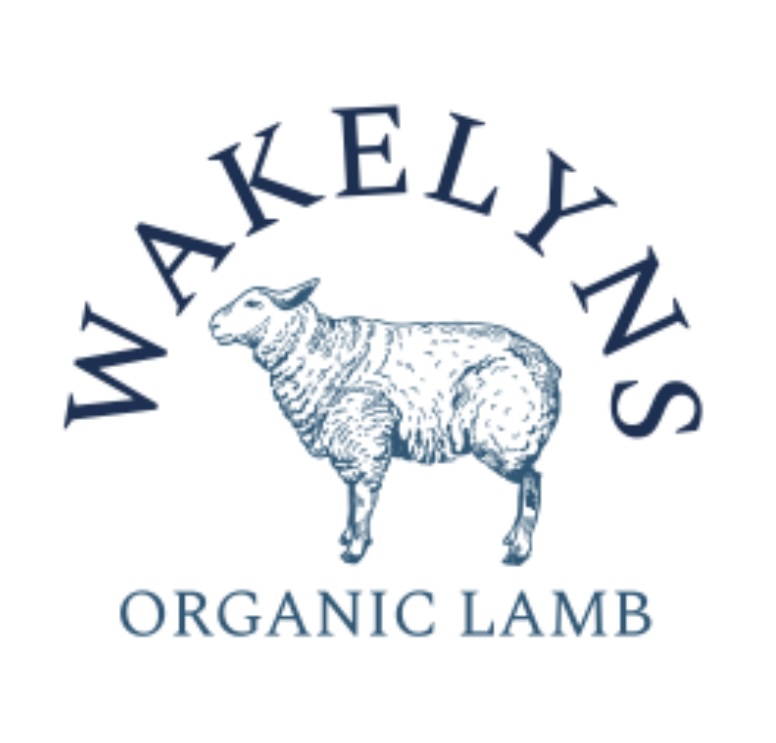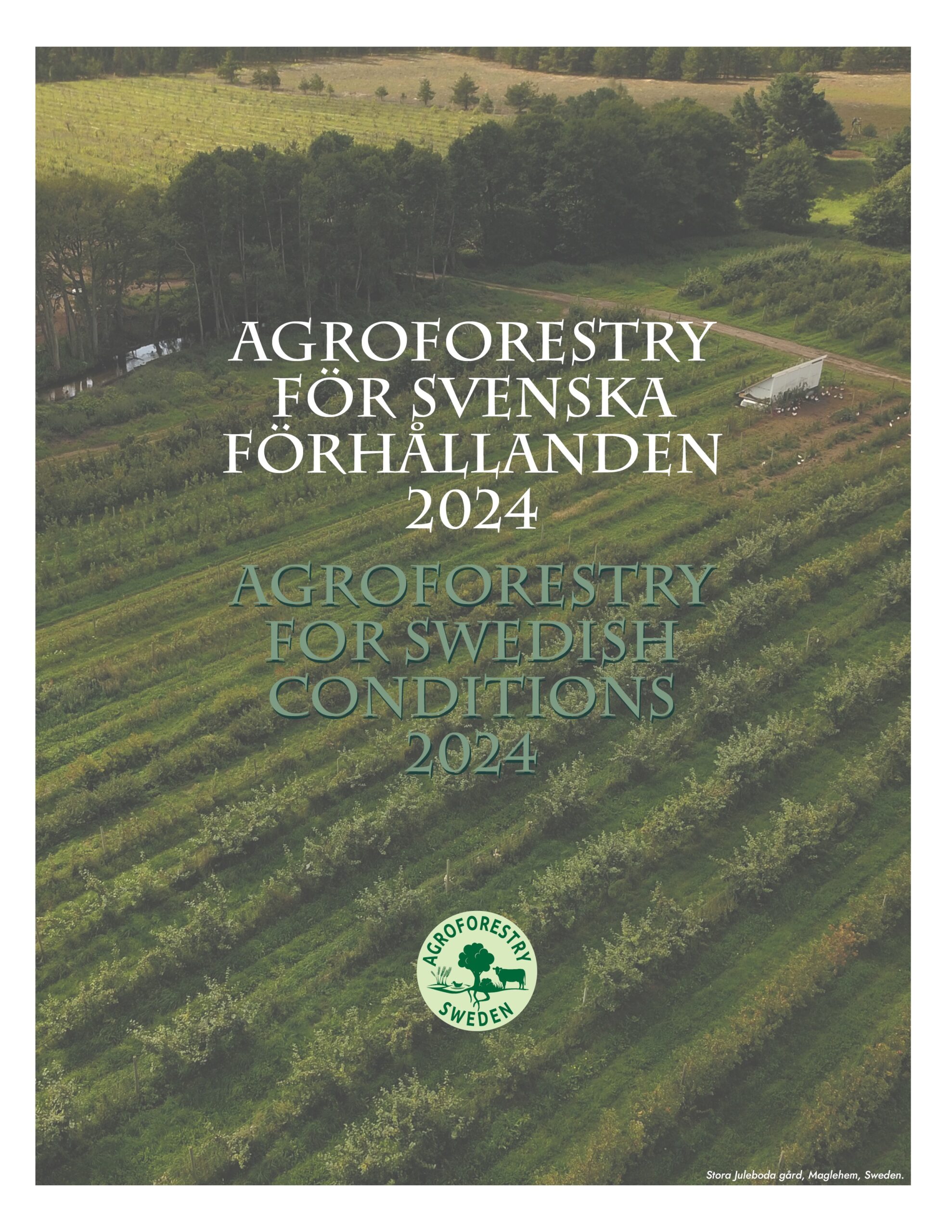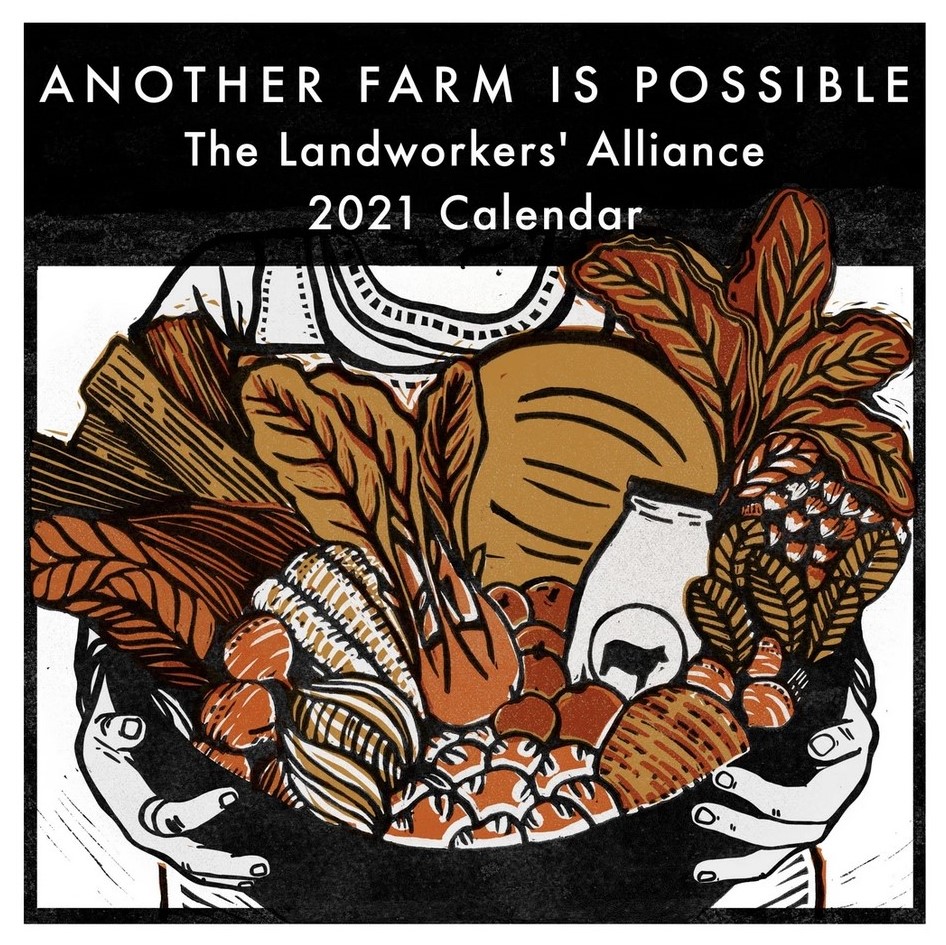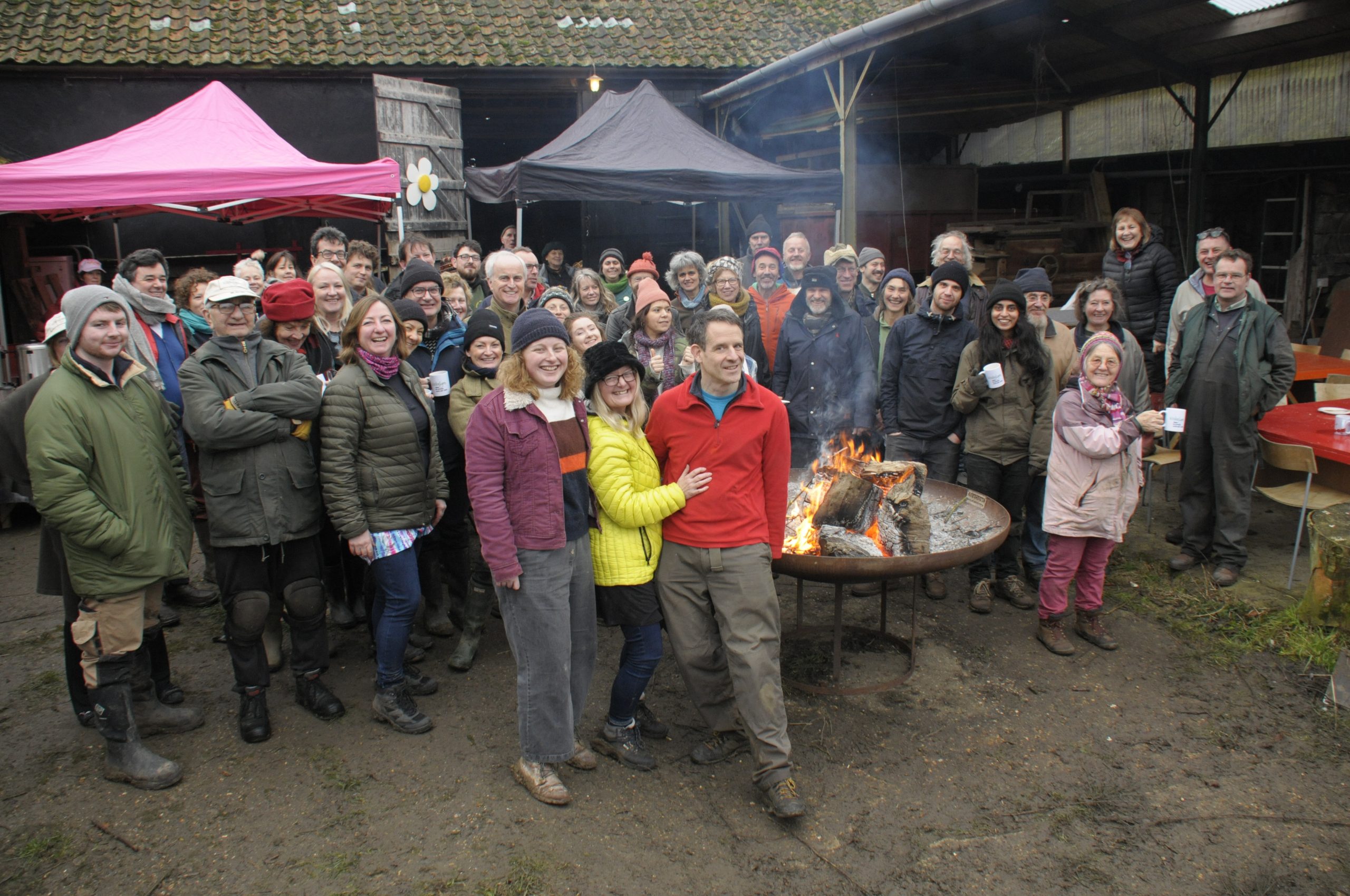Wakelyns has a long history of collaboration with the Organic Research Centre – see here and here.
It’s great to have welcomed ORC back to Wakelyns as part of the European Agromix Project – comparing 8 agroforestry sites across Europe – as explained below by Will Simonson.
UPDATE: The May 2022 general AGROMIX update is here. The specific extra detail on Wakelyns is here.
UPDATE: In August 2022, ORC took soil cores and installed a pipe to allow long term monitoring of the water table – see it happen here.
Studying the biodiversity of Wakelyns
The concept of resilience has come to the fore in recent times, not least in relation to climate change and its effect on agroecosystems that are vital to food production and food security. The AGROMIX project (Horizon 2020), led by Coventry University and with the participation of about 30 institutions across Europe, is looking at the role of mixed farming systems in supporting resilience to environmental change, and how to think about and measure farm and field-scale resilience in the first place.
As part of this work, the Organic Research Centre is collaborating with Wakelyns, using their pioneering 22 ha organic agroforestry farm to investigate how mixing trees and crop production affects biodiversity: the biological diversity that underpins important ecological processes vital to health and productivity of the farm system. Wakelyns is one of six such experimental sites across Europe and, through work coordinated by the University of Koblenz-Landau in Germany, different measurements will be made over the course of the Spring and early Summer months.
The first sampling began on 20 April 2021 and focused on a survey of breeding birds, bats and ground-dwelling spiders. For the birds and bats we use small sound recording devices, called Audiomoth, positioning them in different fields with and without trees to record the calls of these animals from before sunset to after sunrise the following day. These calls are then identified with special software, to arrive at a species list and idea of relative abundance. For the spiders, so-called pitfall traps are dug into the ground along a transect in each field, and ten days later retrieved and the sample sent off to a lab to be identified and counted. Further measurements will be made in subsequent months, focussing on flowering plants, soil micro-organisms, and levels of natural predation – putting out dummy caterpillars and then counting marks that indicate attacks by birds and other animals.

All the results from Wakelyns and other sites are feeding into models that seek to demonstrate the benefits of transitioning to more diverse and agroecological farming and supporting farmers who want to do so.
UPDATE: The May 2022 general AGROMIX update is here. The specific extra detail on Wakelyns is here.
Links:
AGROMIX project site: https://agromixproject.eu/
AGROMIX summary page on ORC website: https://www.organicresearchcentre.com/our-research/research-project-library/agroforestry-and-mixed-farming-systems-participatory-research-to-drive-the-transition-to-a-resilient-and-efficient-land-use-in-europe-agromix/
